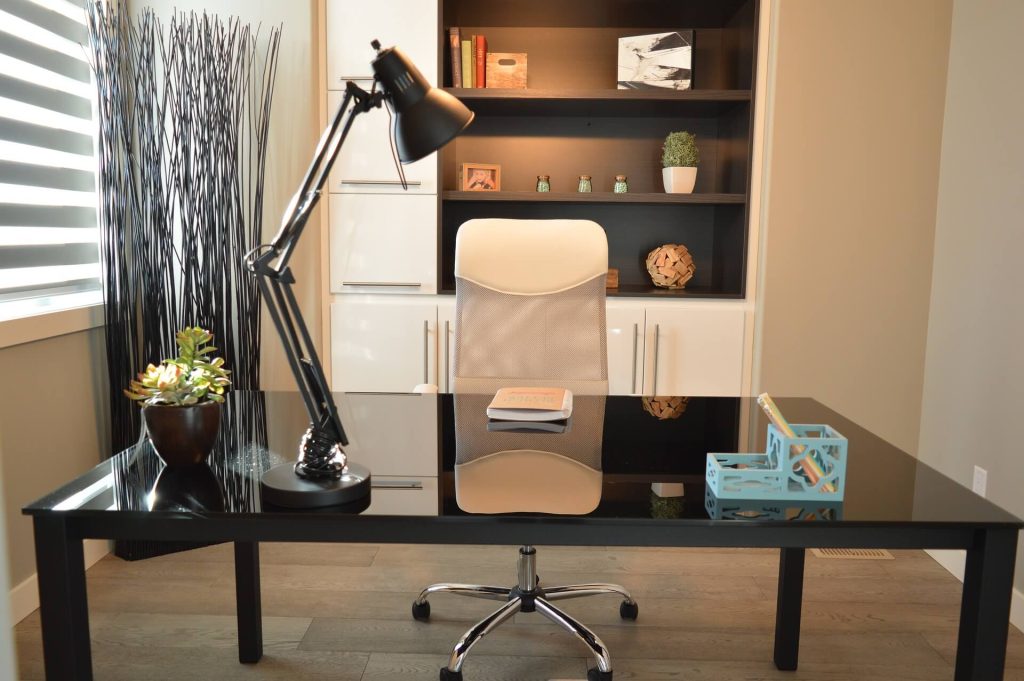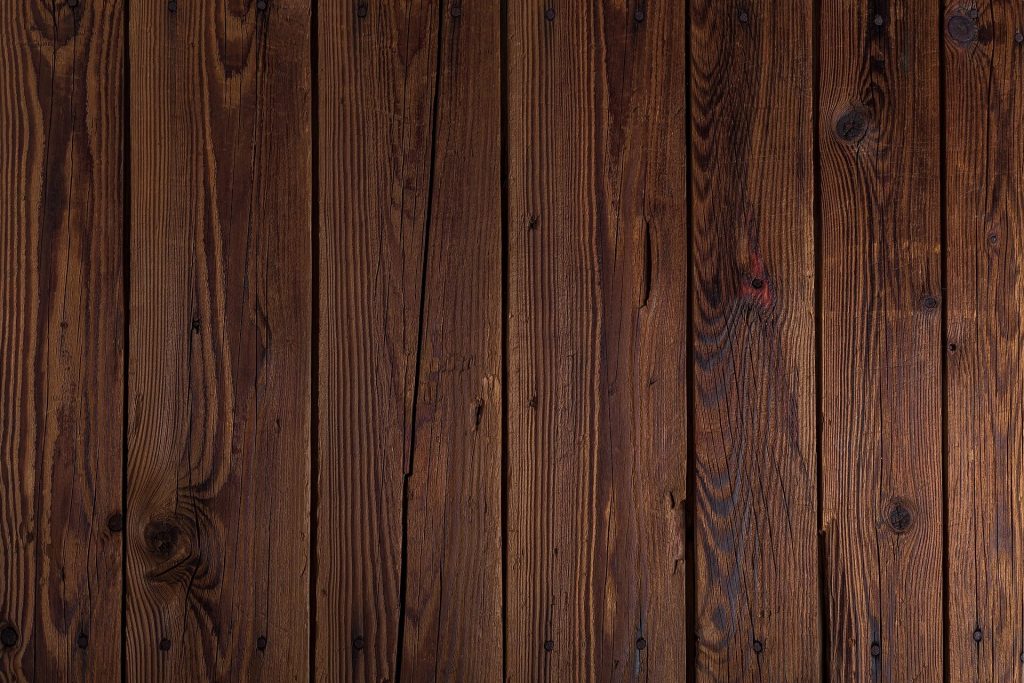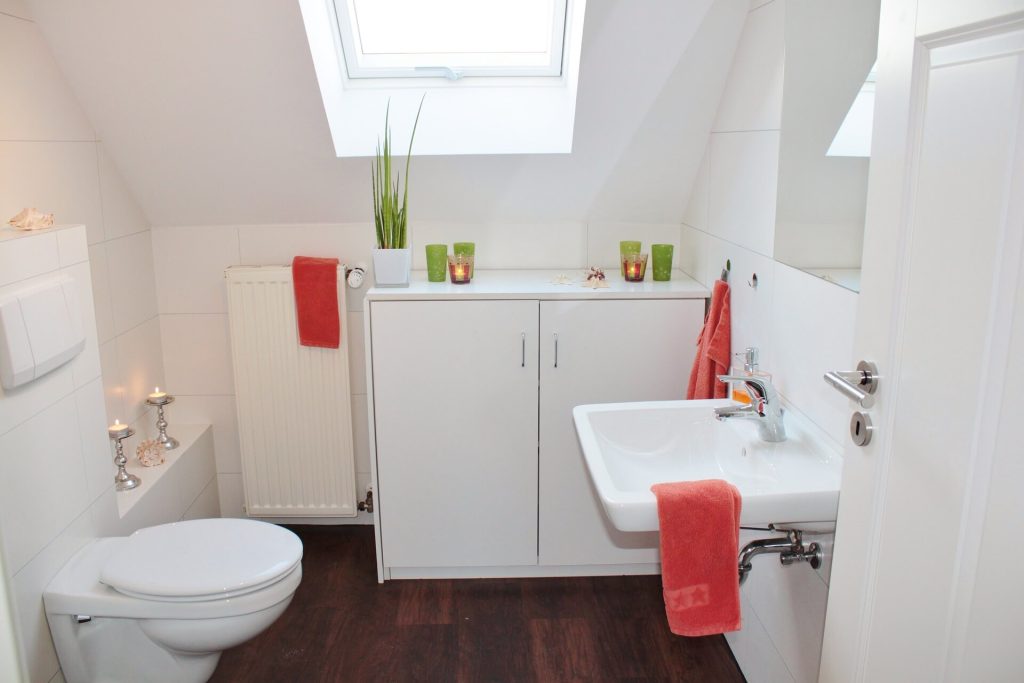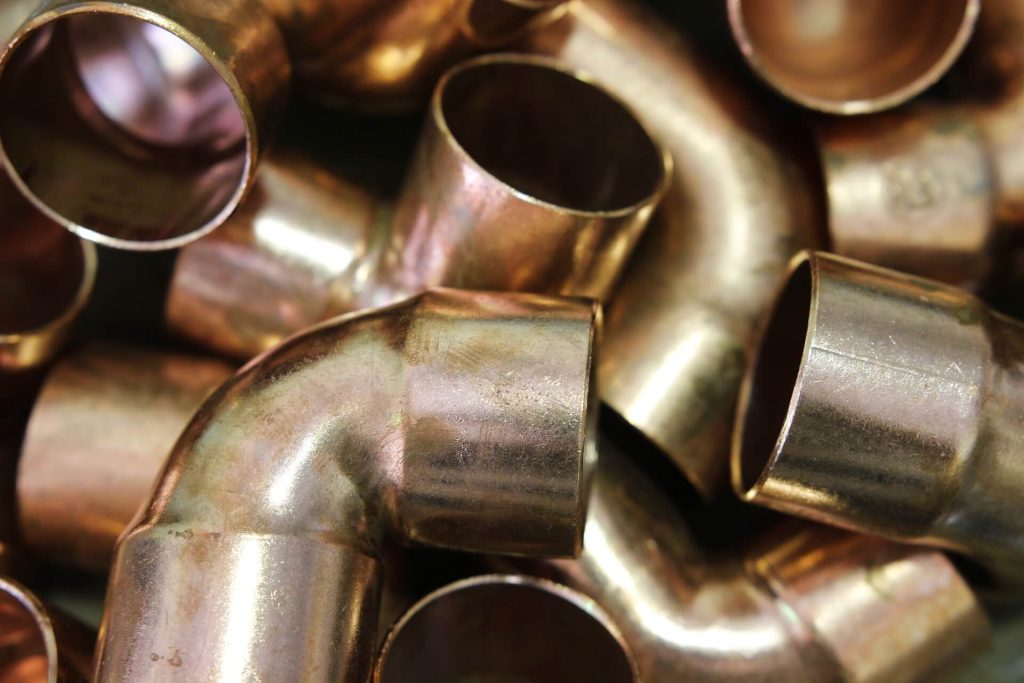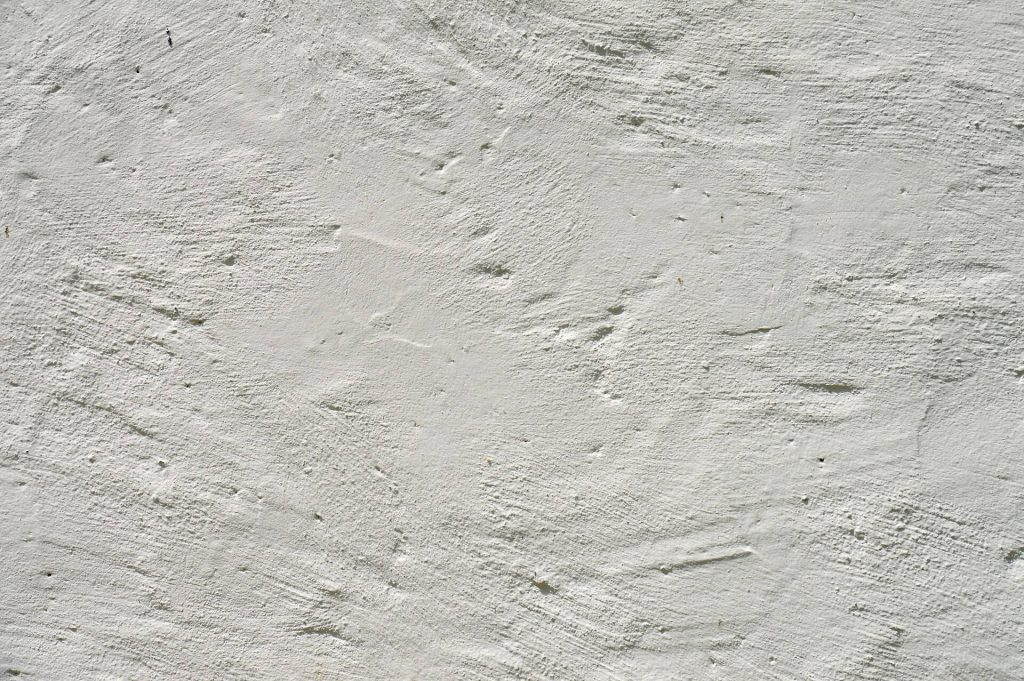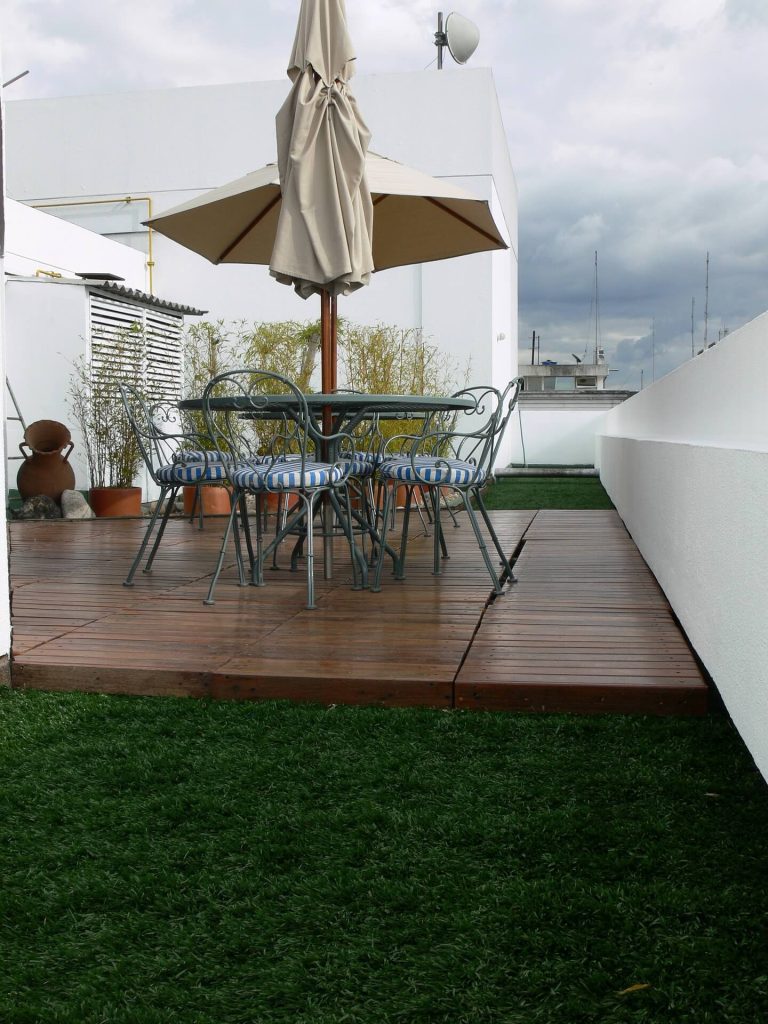
Ready For Your Next Project?
Installing & Repairing Drywall in Your Home
Knowing How to Build and Repair Drywall
Wall and ceiling construction frequently uses plasterboard or sheetrock. Gypsum plaster, which is layered between two sheets of paper, is used to make it. Cutting the drywall to size, fastening it to the wall studs, taping and mudding the seams, and sanding it all require the installation of drywall. In contrast, drywall repair entails filling in rips, cracks, and other sorts of damage.
Tools and Supplies Required for Drywall Installation
There are a few necessary tools and materials that you will need before you can start installing or repairing plasterboard. There are plasterboard sheets, screws, joint tape, joint compound, putty knives, plasterboard saws, utility knives, measuring tapes, T-squares, drills, and other tools. To keep the plasterboard in place while you screw it to the wall studs, you might also require a plasterboard lift or a helper. When working with plasterboard, it’s imperative to put on safety goggles, gloves, and a dust mask because the dust can be damaging to your lungs.
Surface Preparation for Drywall Installation
Doing the necessary surface preparations is essential for a successful plasterboard installation. This entails taking down any outdated wallpaper, plasterboard, or other wall detritus. Moreover, you should fill in any holes or cracks in the surface and remove any protruding nails or screws. The studs in the wall must then be located and marked with a pencil. This will assist you in locating the screws for the drywall sheets.
Installing Drywall: Methods
To install drywall, you must first cut the drywall sheets to the proper size with a utility knife or drywall saw. After that, you must use screws to fasten the drywall sheets to the wall studs. Ensure that the screws are placed about 16 inches apart and are slightly recessed beneath the drywall’s surface. You must use joint tape and joint compound to tape and mud the seams once the drywall is connected. Applying the tape over the seams and then covering it with a thin layer of joint compound are required for this. Until the seams are smooth and flush with the plasterboard surface, you will need to carry out this procedure multiple times. Finally, prime the drywall before smooth-sanding and painting it.
Putting Damaged Drywall Right
Over time, plasterboard may sustain damage as a result of normal wear and tear, water damage, or unintentional contact. Cutting out the damaged area, fitting a replacement piece of drywall, taping and mudding the joints are the steps involved in repairing damaged drywall. You’ll need to use a utility knife or drywall saw to remove the damaged area in order to accomplish this. The replacement plasterboard must then be cut to suit the hole in the original and screwed to the wall studs. The seams must then be taped and muddied with joint compound and tape. Before painting, smooth up the plasterboard with sandpaper and prime it.
In conclusion, the process of installing and repairing drywall calls for certain expertise. You can successfully install or repair plasterboard in your house or place of business with the correct equipment and supplies. To ensure a smooth and long-lasting finish, it’s crucial to follow the required safety precautions and prepare the surface appropriately. Whether you’re repairing a damaged section or installing plasterboard for the first time, using these procedures will help you produce a professional-looking result. To guarantee the success of your plasterboard installation or repair, remember to take your time and work meticulously.
Fast & Reliable Service
We strive to complete your projects on time, within budget, and to your utmost satisfaction.
Professional Handymen
Our handymen have many years of experience so that your projects get done right the first time.
Need a handy hand for your project?
Call NowHandyman Tips & FAQs
Kissimmeehandymanservices.com - Pro Tools Handymen - Privacy

